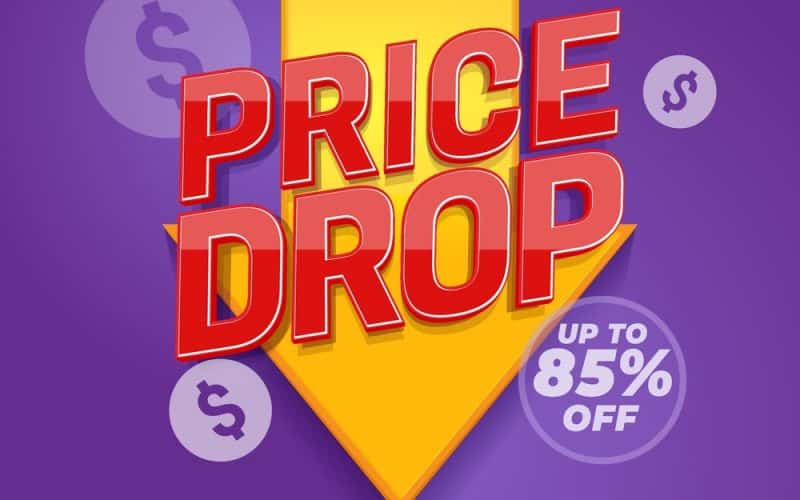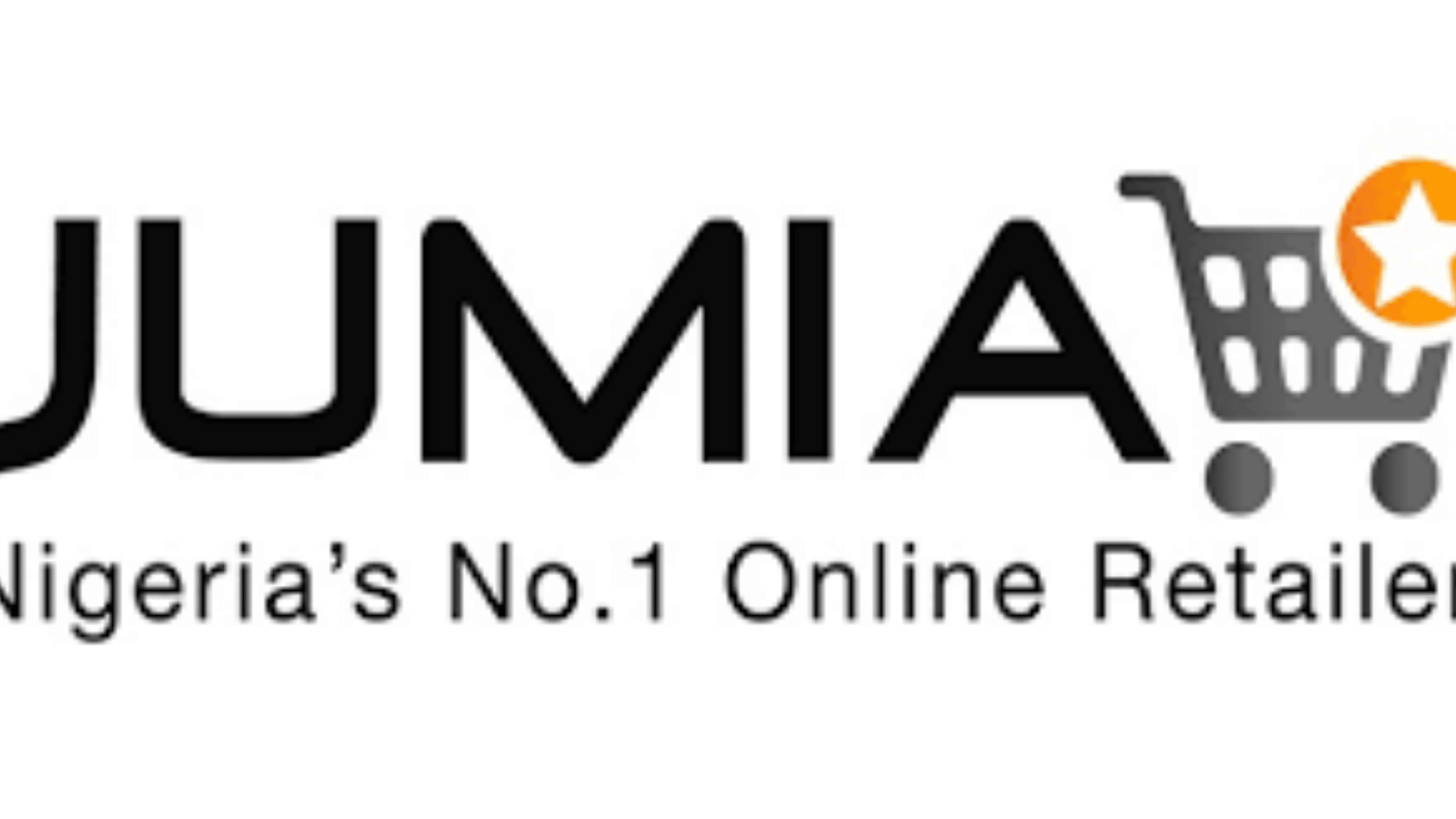Running a small business is a rollercoaster. One minute you’re celebrating a sale, the next you’re strategizing how to keep the doors open. That’s why I’m obsessed with bundle pricing. it’s a game-changer. I remember that time I had a surplus of phone cases. Sales were stagnant, and frustration levels were high. Then, lightbulb moment! I bundled those cases with screen protectors, offering a discount.
Guess what? They flew off the shelves! Bundle pricing isn’t just about discounts, though. It’s about creating value for your customers and boosting your bottom line. But listen, there’s a science to it. Throwing random products together won’t work. That’s why I’m here to share the secrets I’ve learned – the tactics that transformed bundle pricing from a good idea to a profit powerhouse for my business.
Ready to unlock its potential? Let’s dive in! We’ll explore essential tactics for crafting bundle pricing strategies that turn heads, boost sales, and keep your business thriving.
Key Points:
- Bundle pricing is a game-changer: For small businesses facing fluctuating sales and challenges, bundle pricing can be a transformative strategy. It’s not just about offering discounts but creating value for customers while boosting profits.
- Value-based bundling: Rather than simply combining products randomly, successful bundle pricing involves creating bundles that offer greater value together than individually. This could mean pairing complementary products or services, enhancing the perceived value for customers.
- Tactical approach: Bundle pricing requires strategic planning. It’s essential to choose products that make sense together and offer discounts that genuinely attract customers. Random bundling won’t yield the same results.
- Various tactics: Successful bundle pricing involves tactics like tiered bundling, customizable bundles, time-limited offers, cross-selling, subscription bundles, data-driven bundling, and partner bundling. Each tactic serves a specific purpose in maximizing sales and customer satisfaction.
- Legal and ethical considerations: Bundle pricing is legal and widely used, but businesses must ensure transparency and avoid misleading customers. While there are regulations to consider, bundle pricing can be a win-win when executed properly, enhancing customer experience and profitability.
Understanding Bundle Pricing
Ever walked into a grocery store and seen that giant bag of chips with a random soda for a crazy discount? That, my friend, is bundle pricing in action. It’s basically where businesses take two or more products, smash them together, and offer them at a price that’s lower than buying them separately. Now, it’s not just about shoving anything together. The key is picking products that will go together. Like peanut butter and jelly, shampoo, and conditioner – stuff that makes sense to buy together.
This strategy can be a win-win. Businesses can offload excess inventory that attracts new customers with a sweet deal, and – the real kicker – boost profits. But wait, how? Because let’s be honest, sometimes that discounted bundle tempts you to buy something you might not have otherwise. It’s like a little nudge that says, “Hey, for this price, why not?”
Now, this isn’t some magic trick. You gotta figure out which products complement each other and what kind of discount makes the bundle truly attractive. But once you crack that code, bundle pricing can be your secret weapon for business success.
The Tactics That Transformed Bundle Pricing

Bundle pricing went from “huh, interesting” to “holy profit boost!” Then, I had a crazy idea – bundle pricing! I grouped those lonely socks with cute little tins of travel-sized lotions, perfect for throwing in your purse.
Lo and behold, they started disappearing faster than you can say “sock drawer refresh!” But that was just the spark. The real magic came with understanding the tactics behind successful bundles.
Here are some tactics that I used which have transformed my bundle pricing:
Value-based Bundling
Instead of simply offering multiple products together at a discounted price, companies now focus on creating value-based bundles. This means combining products or services that complement each other well and are perceived as offering greater value together than individually. For example, a software company might bundle its main product with additional features or premium support.
Tiered Bundling
Offering bundles at different price points and with varying levels of features or services allows companies to cater to different segments of their market. This tiered approach enables customers to choose the bundle that best fits their needs and budget, thereby maximizing sales and satisfaction.
Customizable Bundles
Some companies offer customizable bundles where customers can select the specific products or services they want included. This approach gives customers more control over their purchase and ensures they are only paying for what they need, enhancing satisfaction and reducing waste.
Time-limited Bundles
Creating a sense of urgency by offering time-limited bundle deals can drive sales and encourage customers to make a purchase decision sooner rather than later. This tactic is often used during promotional periods or to clear out inventory.
Cross-selling Bundles
Bundling products or services from different categories or departments can encourage cross-selling and expose customers to items they may not have considered otherwise. For example, a technology company might bundle a laptop with software subscriptions or accessories.
Subscription Bundles
With the rise of subscription-based models, companies are increasingly offering bundle pricing for recurring services. This can include combining multiple subscriptions into a single package at a discounted rate, providing added convenience and value for customers.
Data-driven Bundling
Leveraging data analytics and customer insights allows companies to tailor their bundles to specific segments or individual preferences. By understanding customer behavior and preferences, companies can create bundles that resonate more strongly with their target audience, leading to higher sales and satisfaction.
Partner Bundling
Collaborating with other companies to create joint bundles can expand reach and offer customers a wider range of options. Partner bundling allows companies to leverage each other’s strengths and resources to create more compelling offerings.
READ ALSO: BUNDLE OF RIGHTS REAL ESTATE: Definition & Overview
Is Bundle Pricing Illegal?
NO! Bundle pricing is legal. It’s a common strategy businesses use to boost sales and clear inventory. Think about it: stores bundle razors with shaving cream all the time. They’re not getting arrested, are they?
Now, some regulations are depending on your location. But generally, bundle pricing is a win-win for me. The key is to ensure your bundles are offered willingly, not forced upon customers. Don’t mislead them.
For example, I used to sell handmade jewelry at craft fairs. Sales were slow, and I had a ton of beautiful mismatched earrings that weren’t moving. So, I experimented with bundle pricing. I created curated sets with earrings and a necklace that complemented each other, offering a discount for the bundle. It worked wonders! Customers loved the convenience and perceived value of a put-together set, especially because they were getting a deal. Plus, it helped me move slower-selling items and make more room for new creations. Bundle pricing was a win-win for me and my customers!
Why Do People Use Bundle Pricing?
Ever walk into a store and get lured in by a screaming deal on, say, a giant bag of chips paired with a sugary soda? That, my friend, is the magic of bundle pricing. But beyond the initial discount, there’s a whole strategic chess game happening. Businesses use bundle pricing for a few reasons.
First, bundle pricing is to boost consumer happiness by offering access to numerous items, while simultaneously enhancing profitability by raising the average deal size. No one wanted a lonely purple argyle paired with a neon floral pattern. Enter bundle pricing! I threw them in with popular, everyday socks at a discounted price. The mismatched ones vanished, and my stock levels became sunshine and rainbows again.
Second, bundling lets you introduce new products. Think about it – you might be hesitant to try a fancy new lotion, but if it’s bundled with your favorite body wash at a reduced price, it will suddenly move you more open to experimentation. Businesses use this to entice customers to explore their offerings, potentially creating lifelong fans.
Finally, bundle pricing increases your average order value which also increases customer spending as well. Bundle pricing is a great way to give customers better value for their money. Let’s say you need a phone case, but the price tag stings a bit. But hey, what if you could snag a case, a screen protector, and a portable charger, all bundled together for just a little more?
It becomes a more attractive deal and the business benefits from that extra bump in sales. So, the next time you see a bundle, remember, that it’s not just about saving money – it’s a strategic dance between businesses and their customers, and everyone can win!
READ ALSO: Bundle Pricing Strategy: How to Make & Use Bundle Price Offers
Business-Yield-Bundle-Pricing-Strategy-Checklist
What Is One of The Downsides of Bundle Pricing?
No matter how great a strategy is, there is always a downside to it. Bundle pricing is a fantastic tool, but like any good tool, it has its Achilles’ heel. The biggest disadvantage of this one is that it can lead to cannibalization of your products that can be bought outside of the bundle. For example, you are selling a laptop and a printer together, but also separately. Because of this more printers could be sold through the bundle than on its own.
This happened to me at my own little craft fair booth. I was all excited about these adorable travel journals I designed, and to boost sales, I bundled them with cute gel pens in a matching color scheme. Sales were okay, but I kept noticing people linger by the pen display, eyeing specific colors not included in the bundle.
They loved the pens, but maybe not enough to buy a whole journal for that particular shade of blue. So, I ripped up the bundle pricing, displayed the journals and pens separately, and guess what? Sales for both skyrocketed! What’s the lesson? Sometimes, customers just want what they want, and offering them the freedom to choose can turn out to be a sweet deal for everyone.
How Much Should A Bundle Price Be?
People always ask this question for bundle price: how much should I charge? It’s a balancing act, trust me. You want to offer a clear value proposition, a price that screams “steal this deal!” to customers, but you also need to ensure healthy profits. Here’s the trick: To get the ideal pricing for your product bundles, calculate the gross margin for each bundle component. Next, determine how much of a discount you can provide on the packages. It is advised that if average margins are higher than 50%, bundles can be lowered by 10% to 20%.
I remember a time when I decided to bundle my handmade jewelry at craft fairs with matching mittens. I figured the cozy combo was perfect for winter, a no-brainer purchase. But sales were sluggish. Why? My initial discount was weak, barely budging from the separate item prices. Customers didn’t perceive a significant value jump. Ugh, back to the drawing board!
This is where understanding your target audience and cost structure becomes crucial. I researched competitor bundles, analyzed my profit margins, and voila! A new pricing strategy emerged. I offered a steeper discount, highlighting the bundled warmth and convenience. Bingo! Sales soared. The perfect bundle price considers perceived value, competitor pricing, and your profit sweet spot. It’s a sweet science, but with the right approach, bundle pricing can become your profit machine.
READ ALSO: WHAT IS FSA: Eligibility, ID, Medical & Difference
When Should Companies Use Bundle Pricing?
Picture this: you walk into a grocery store, craving ice cream. But wait, there’s a deal! A tub of your favorite flavor bundled with sprinkles, whipped cream, and a cherry on top – all for a price that’s slightly lower than buying everything separately. Suddenly, that single scoop turns into a sundae party, and you’re sold! That’s the magic of bundle pricing, folks. But when exactly does this strategy become a win-win for both businesses and customers?
Here’s the deal: bundle pricing shines when you have products that complement each other. I remember that time I struggled to sell those fancy phone cases, They were beautiful but expensive. Then, I noticed a bunch of people buying screen protectors separately. Aha! I started bundling the cases with screen protectors at a discount, which made perfect sense. The protector increased the perceived value of the case, and customers loved the convenience of a one-stop shop for phone protection. This is where bundle pricing thrives – offering a solution, not just a discount.
Companies should also consider bundle pricing when they have a slow-moving product. Pairing it with a popular item can give it a much-needed sales boost. Think about it: that new book by your favorite author might not be enough to entice someone but bundle it with a free bookmark or a tote bag featuring the book’s cover, and suddenly, it becomes a more attractive package.
By strategically using bundle pricing, you can turn those “maybes” into “yeses” and watch your profits climb. So, the next time you’re brainstorming sales strategies, remember the power of the bundle – it might just be the secret weapon your business needs!
What Is The Opposite of Bundle Pricing?
Unbundling is the reverse of bundling. It is the process of dividing a product or service into smaller components and selling them individually, generally at a greater price than if they were part of a bundle. Unbundling may provide value to clients by providing more options, customization, flexibility, and quality.
Now, this isn’t just some abstract concept. Let me tell you about my local gym. They used to offer one membership that included everything – access to the weights, the cardio machines, and even those fancy yoga classes I never dared to try. What is the price tag? It’s steeper than Mount Everest. It just didn’t fit my needs. Enter unbundling! They revamped their memberships, letting people choose between a weightlifting package, a cardio package, or even a pay-per-class option for those yoga enthusiasts. Guess who signed up for the weights-only plan and saved a ton of cash? Yep, this very writer!
Unbundling isn’t just about saving customers money, though. It gives them control and flexibility. They can tailor their experience to their exact needs and budget. Businesses can benefit too! By offering individual components, they can attract a wider range of customers and potentially boost overall revenue. It’s a win-win for everyone involved. So, next time you’re overwhelmed by a massive bundle, remember unbundling might be the perfect solution – for you and your business!
Conclusion
Look, bundling isn’t a magic bullet. It takes some planning and testing to find the sweet spot that maximizes profits and customer satisfaction. But trust me, the rewards are worth it. When you master bundle pricing, you’ll have a powerful tool to clear out slow-moving inventory, entice new customers, and ultimately, watch your profits soar.
Remember that feeling of frustration when your shelves were overflowing with those phone cases? Bundle pricing transformed that situation – it wasn’t just about selling more cases, it was about creating value for the customer and boosting my bottom line. So, are you ready to unlock the true potential of bundling? This article has just scratched the surface. We’ve explored some essential tactics, but there’s a whole world of strategies waiting to be discovered.
2023 Best PS5 Black Friday Deals: What to Expect (+ Free Tips)
Copy These Campaigns! 7 Marketing Plan Examples That Crushed Their Goals
Custom Saw Manufacturing: How Businesses Are Driving Innovation






